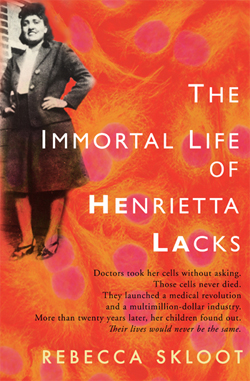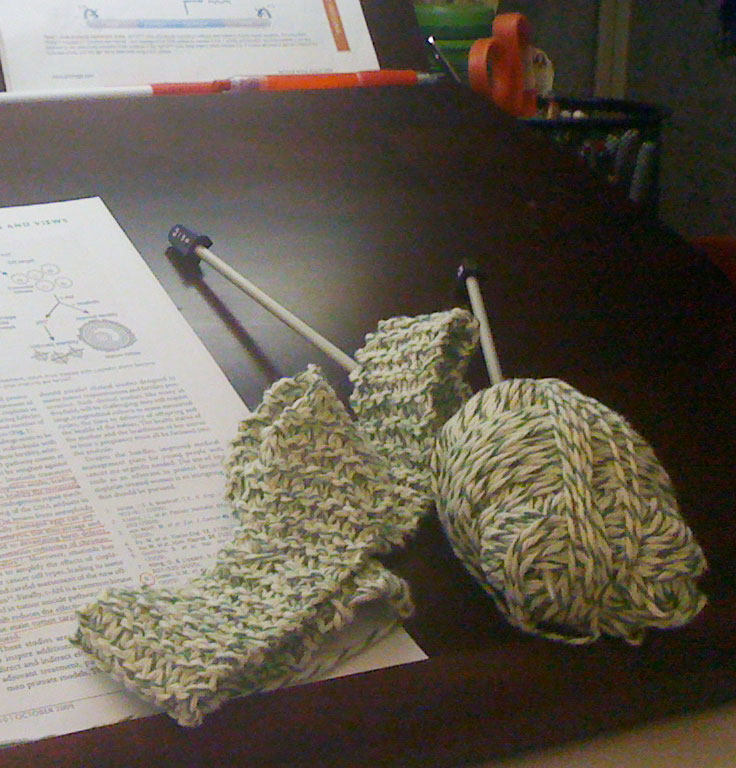The Bulwer-Lytton Fiction Contest challenges entrants to compose the opening sentence to the worst of all possible novels. Dennis Pearce, the runner up in the 2010 Detective story category, penned the following words:

As Holmes, who had a nose for danger, quietly fingered the bloody knife and eyed the various body parts strewn along the dark, deserted highway, he placed his ear to the ground and, with his heart in his throat, silently mouthed to his companion, “Arm yourself, Watson, there is an evil hand afoot ahead.”
Pondering this particularly good piece of bad writing, I found myself wondering what would happen if we used this over-the-top style in tehnical literature including scientific articles and protocols. Could it help to draw attention to important details and entertain the reader at the same time? But since the goal of instructional materials is to be clear, concise and to the point, there’s not usually much room for just-for-fun content.
Or is there?
Continue reading “There’s an Evil Hand Afoot and Other Ways to Spice Up Your Technical Literature” Parallel construction signals to the reader that two ideas are of equal importance. If two or more ideas or items are connected by a coordinating conjunction such as “and”, “but” or “or”, then those ideas should be expressed in parallel or equivalent grammatical constructs. Items and ideas of equal importance should be presented using equivalent grammatical structures. Items in a list should be parallel: all verbal phrases, all nouns, etc. Parallel construction guides your reader and helps your reader organize concepts on a first read of your text.
Parallel construction signals to the reader that two ideas are of equal importance. If two or more ideas or items are connected by a coordinating conjunction such as “and”, “but” or “or”, then those ideas should be expressed in parallel or equivalent grammatical constructs. Items and ideas of equal importance should be presented using equivalent grammatical structures. Items in a list should be parallel: all verbal phrases, all nouns, etc. Parallel construction guides your reader and helps your reader organize concepts on a first read of your text. 



 Scientists are as likely to feel the smart of rejection as any other kind of writer. You slave over experiments trying to make sure that they have the proper controls to account for every possible artifact. You finally head to the computer keyboard and transcribe months, sometimes years, worth of labor into a few pages of text with some figures: your opus, which you send off on a wave of electrons to some distant editorial figure. And then you wait.
Scientists are as likely to feel the smart of rejection as any other kind of writer. You slave over experiments trying to make sure that they have the proper controls to account for every possible artifact. You finally head to the computer keyboard and transcribe months, sometimes years, worth of labor into a few pages of text with some figures: your opus, which you send off on a wave of electrons to some distant editorial figure. And then you wait. 